Honor 8X vs. Nokia 7.1: Which should you buy?
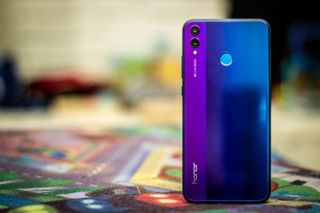
Nokia 7.1
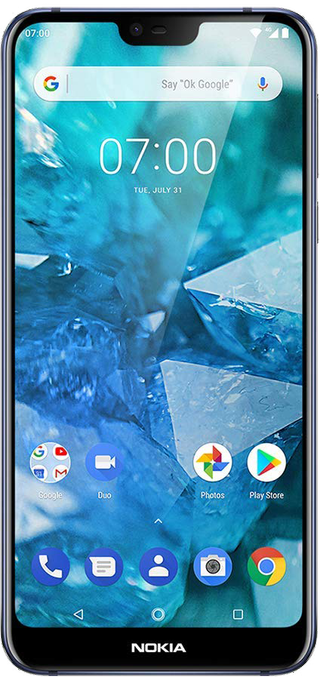
The Nokia 7.1 is one of the best mid-range phones you can buy. It offers a beautiful display, a speedy Android One user experience, and great battery. It gets all the other basic necessities like NFC, USB-C, and Bluetooth 5.0. More importantly, it's fully supported for use within the United States.
Nokia 7.1
One of the best
Honor 8X

The Honor 8X is remarkable in its ability to offer a premium-feeling device at a price tag that you often have to make too many compromises for. A striking design, efficient chipset, modern display, and fun new camera features combine to change minds about what cheap devices can and should be.
Honor 8X
Above the mark
The Nokia 7.1 and Honor 8X are both aimed at the exact same type of people: those who want a good smartphone but don't want to pay a fortune to get one. While they both excel at this in their own ways, the Honor 8X provides a complete package for a much more attractive price tag. Despite that advantage, there's a perfectly valid reason to overlook it for the Nokia 7.1.
Both smartphones present excellent value
Nokia and Honor are both targeting similar segments of the market with their respective value champions. The Nokia 7.1 and Honor 8X are more alike than they are different. They're nearly neck-and-neck on functional specs, and they both achieve mostly the same things.
They're beautiful, boastful devices that make you proud to use them with big FullView displays with unsightly notches (Honor 8X sports a 6.5-inch screen versus 5.84 inches on the Nokia 7.1, which also means there's room for a bigger battery in the former.). They both sport middling dual cameras on the rear that regularly struggle in low light, though one — the Honor 8X — is buoyed by an AI engine that, while helpful, isn't quite as impressive as Honor makes it sound.
The other big internal difference lies in the chipsets being put to task. They're highly efficient, offering satisfactory performance and very impressive battery life. Honor 8X makes use of the Kirin 710, while the Nokia 7.1 prefers Qualcomm's Snapdragon 636, each with a low point of 4GB for RAM.
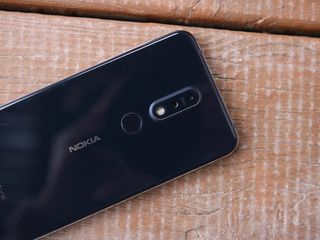
Each smartphone runs Android pretty smoothly, though the Honor 8X benefits from highly specialized optimization that seems to marry the Kirin 710 to EMUI 8.2 almost perfectly. The raw performance of the Kirin 710 is a big improvement over the Kirin 659 that came before it, with sizable gains for both the GPU and CPU, all without impacting the battery much more than its predecessor.
Be an expert in 5 minutes
Get the latest news from Android Central, your trusted companion in the world of Android
The Honor 8X feels like it should cost more than it does.
The Kirin line of chipsets isn't used nearly as widely as Qualcomm's Snapdragon series, but that's because it's Huawei's own in-house system that's reserved almost exclusively for its own smartphones. That gives the Honor 8X a sizable advantage, however, because having one company be completely responsible for both the hardware and software in a device means it knows how to squeeze every bit of power out that it can.
That's not to say the Nokia 7.1's Snapdragon 636 can't hang. It's a bit long in the tooth now with the arrival of the 10nm Snapdragon 700 series, but it's still a capable piece of kit. In testing, we found that the smartphone wasn't as snappy as some of the newer handsets, though it didn't exhibit any behavior that would deter most average users. Its GPU won't be able to handle games like Fortnite or PUBG Mobile on the highest settings, but sacrifice a bit of visual fidelity and you'll find it can keep up without too much trouble.
| Header Cell - Column 0 | Nokia 7.1 | Honor 8X |
|---|---|---|
| Screen | 5.84-inch LCDFull HD+ 2220x108019:9HDR10 | 6.5-inch LTPS LCDFull HD+ 2340x108019.5:9 |
| Chipset | Qualcomm Snapdragon 636 | HiSilicon Kirin 710 |
| RAM | 4GB | 4GB/6GB |
| Storage | 64GBmicroSD slot | 64GB/128GBmicroSD slot |
| Operating System | Android 9 PieAndroid One | Android 8.1 OreoEMUI 8.2 |
| Rear Camera 1 | 12MPƒ/1.8 | 20MPƒ/1.8 |
| Rear Camera 2 | 5MP depth sensorƒ/2.0 | 2MP depth sensorƒ/2.0 |
| Front Camera | 8MPƒ/2.0 | 16MPƒ/2.0 |
| Security | Rear fingerprint | Rear fingerprintFace unlock |
| Battery | 3,060 mAh | 3,750 mAh |
| Charging Port | USB-C | micro-USB |
| Connectivity | Wi-Fi NBluetooth 5.0NFCLTE Cat. 6 | Wi-Fi ACBluetooth 4.2NFCLTE |
| Colors | Blue, Steel | Black, Red, Blue |
| Dimensions | 149.7 x 71.18 x 7.99mm | 160.4 x 76.6 x 7.8mm |
| Weight | 160g | 175g |
| Price | $350 | $230 |
Although not quite as well optimized for its hardware, the Nokia 7.1 has an edge from a user experience standpoint. Honor 8X's EMUI 8.2 is a much nicer version of this user experience than years past, but the Nokia 7.1 offers up a clean stock-like Android 9.0 Pie experience that gets updated swiftly and often thanks to its status as an Android One phone.
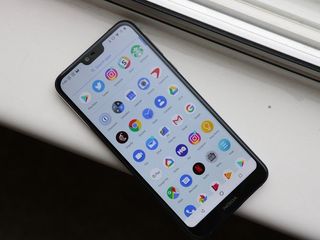
There are a couple of key downsides to the Honor 8X that keep it from earning a squeaky clean review. The biggest has to be the lack of USB-C in an industry that's clearly ready to leave the past where it belongs. It's not just about the convenience of reversible connections and not even particularly its advantages in data transfer. The biggest sin of the Honor 8X's micro-USB port is its aged power delivery system that makes it painfully slow to charge compared to some of its contemporaries.
HMD Global made no such oversight for the Nokia 7.1. The Nokia 7.1 also has a more capable display with its support for standard HDR10 content, as well as enhancements for that of the SDR variety. These two points don't give it a massive advantage over the Honor 8X, but it's worth considering if you're looking for more reasons to justify the added cost of its competitor.
There's only one real choice if you're in America
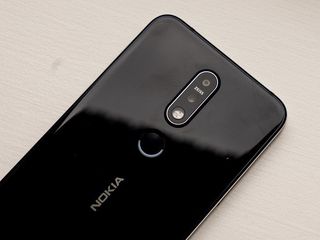
Here comes the bad news: only one of these smartphones can be used to its full potential in the United States. Honor doesn't yet sell a version of the Honor 8X with a full set of American-friendly LTE radios, meaning some folks will be stuck on slow speeds should they choose to buy it for use in parts of the country where less common spectrum is used to fill in the cracks.
The Nokia 7.1 does have all the LTE bands you desire, however, and you can buy it safely knowing that some carrier in the US will support it. You'll also get a standard U.S. warranty with the Nokia 7.1. The international Honor 8X comes with no promise of support, something we consider to be a major deal-breaker and easily makes up for the otherwise unnecessary price gap.
Geographical and logistical pitfalls aside, the Honor 8X is the better bargain of the two. It's cheaper and does mostly the same stuff, only it could do with some better cameras and the lack of USB-C is unforgivable. We'd take Android One over EMUI given the choice, but it's not at all bad.
If you're buying it for use in countries and cities where you have access to full LTE coverage and daring enough to go without a warranty, it's fine. But we'd always err on the side of caution. We feel it's worth stretching your budget for something you'll have much more confidence in over the long haul, and if you're in the U.S., that's the Nokia 7.1.

This mid-range beast still commands attention.
Why do we love the Nokia 7.1 so much? In day-to-day use, it really doesn't feel like you're missing out on much compared to a flagship that costs hundreds of dollars more. It nails all of the basics and offers some extra goodies like NFC and an HDR display.

The Honor 8X seems too good to cost this little.
Honor continues its line of affordable smartphones with a device that you could mistake for something that costs hundreds more. The Honor 8X doesn't just look the part either, with capable internals and fun features tying it all together.

